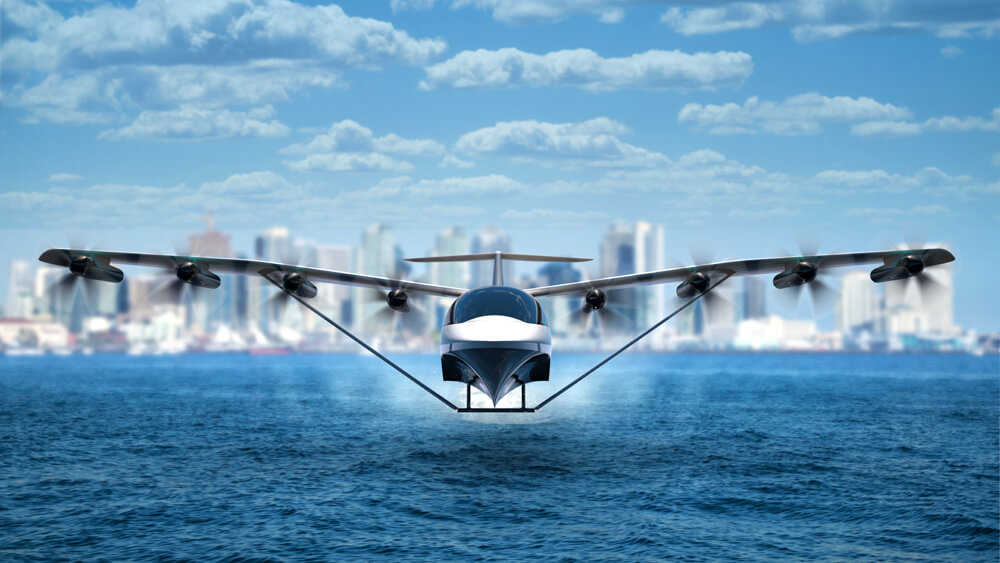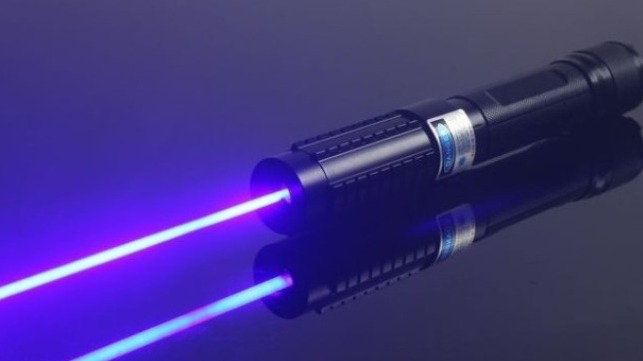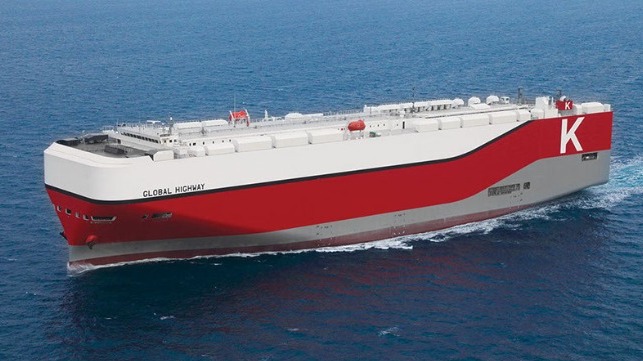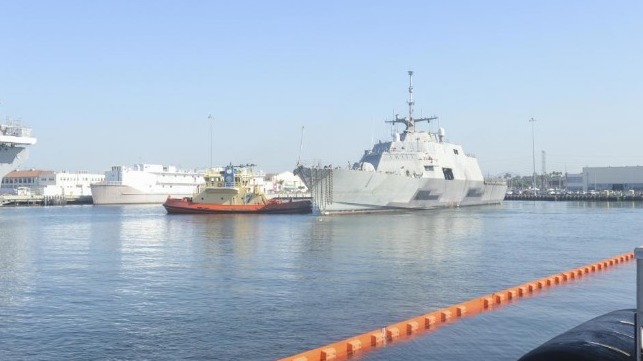A new whitepaper released by Swedish technology firm I-Tech highlights the increasing problems for ship operators caused by bio-fouling occurring during enforced idling periods. The white paper draws upon the company’s experience in developing Selektope, a component of an increasing number of anti-fouling products, along with an in depth analysis of the global and fleet patterns of ship idling over the last 12 years.
The paper is based on the I-Tech / Marine Benchmark study which reveals the substantial increase in the numbers of idling vessels over the past 10 years. A vocal finding is also the extent of vessels idling in so-called biofouling ´hotspots´, with water temperatures above 25°C. Vessels spending the majority of their time sailing in these regions are at acute risk of excessive hard fouling accumulation.
To make matters worse, these fouling windows could intensify, with ports becoming more congested as shipping continues to be the lynchpin of the global economy. Furthermore, with global ocean temperatures rising, biofouling hotspots could become more widescale, so more ships could find themselves in one of the regions and facing a new, higher risk of barnacle fouling colonization.
Certainly, global warming is happening but while its effects can be seen, there are also the sudden shocks that shipping has always needed to ride out, but which have a sudden and dramatic impact.
During the COVID-19 pandemic in 2020, idling within the global fleet was at a peak. But similar levels have been seen on several occasions during the past 10 years. For example, after the economic crash of 2008, many vessels – especially container and bulk ships – were forced to go into lay-up. Seven years later, the fall in crude oil prices caused a major downturn in the offshore sector that still has not been resolved. As the world begins to recover from the pandemic, congestion in ports is causing armadas of container ships to wait for days or weeks outside some of the main hub ports and political tensions between China and Australia means many bulk carriers are spending long periods idling.
External factors such as these can always have some disruptive effect on operations and make predictions difficult. Ship operators must, however, take action to minimise their impact. Most importantly, they must ensure that, after any idling, the vessel is in good condition to perform optimally. Familiarisation with the individual vessel’s risks of biofouling based on its operating footprint is a good starting point.
Also, the issues highlighted in this paper are driving the need for high-performance, advanced antifouling technology in the maritime industry. Ship operators are increasingly demanding antifouling coatings that are well-suited to both specific ship trading patterns and varying activity levels, in addition to protecting against both soft and hard fouling. When looking at the future trading potential, ship operators need to ensure that their ship is protected, whether it is in constant active service, idle for long periods of time, or at risk of fluctuating between the two.
This future-proofing approach to antifouling coating selection, without any certainty of future trade, is exerting great pressure on the coating suppliers, fostering innovation and encouraging new approaches towards fouling prevention technology. This is supported by increasing demand from ship owners and operators for antifouling coatings that contain a proven anti-barnacle active agent.
A preventative approach is key
This study shows the adverse effect that ship hull biofouling has on hydrodynamic performance and that it gives rise to significant financial and environmental penalties for the shipping industry, due to the increase in fuel consumption and carbon dioxide emissions, as well as impacting significantly on maintenance. As another study by I-Tech and the Safinah Group shows, over 40% of the vessels surveyed had a barnacle fouling coverage on the hull of over 10%. This level of biofouling could be responsible for at least 110 million tonnes of excess carbon emissions, and an additional US $6 billion spent on fuel per year for the global commercial fleet. The true figure is likely to be higher as this is a conservative calculation based on today’s low fuel prices.
With the industry still facing its looming IMO 2050 GHG reduction targets and the impending introduction of EEXI and CII for existing ships, these findings should serve as a reminder that a clean hull should be the first step of a fleet’s decarbonisation strategy. Achieving that state is the cause of much debate. Arguably, the best start point is to take a robust preventative approach concerning antifouling technology within marine coatings.
The best steps can be to examine an antifouling technology mix within an antifouling that is suitable for the vessel type, activity, and trading patterns but that also offers an assurance of extended static protection against barnacle fouling during unexpectedly long idling periods. Building on this, operators would benefit from planning their potential idling periods away from the biofouling high-risk zones whenever commercial considerations allow.
With unpredictable operations resulting in long idling periods being a fact, it is more important than ever to examine the idle period guarantees provided by coating manufacturers and identify what components can enable protection during extended idling periods. Only a few premium coatings offer guarantees based on 30 days idling and the vast majority may stop after 14 or 21 days.
However, the study has proven that it is not uncommon for a vessel to be idling for more than 30 days, and in some cases even longer than 45 days. It is therefore clear that owners and operators need to take into consideration that only the best protection guarantees are sufficient. For many antifouling coatings on the market this is made possible by the inclusion of the antifouling agent Selektope. This can also be considered alongside the prospective operating geography for their vessels, especially if they foresee operating and idling in warmer, tropical waters, which are well-known barnacle fouling hotspots.


















